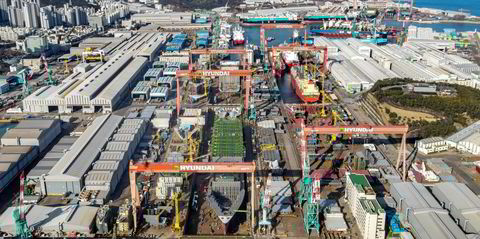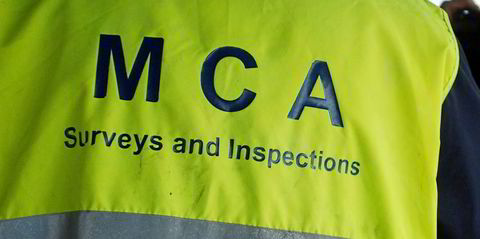January is usually the time that the capesize markets begin their seasonal decline ahead of the Lunar New Year holidays in Asia — so why would anyone be bidding up freight derivatives right now?
That was the question on Wednesday as the market for dry forward freight agreements (FFAs) drove higher across all segments, although few participants seemed to have a clear explanation as to what was fuelling the optimism. Was it firmer reported fixtures in the physical market or just traders buying back their shorts?
It was broad-based optimism, a rising tide that lifted all contracts higher, particularly front-month contracts.
More than $1,500 was added to capesize paper for March, which settled on Wednesday at just over $17,900 per day. The February contract printed at almost $14,500 per day, which is $1,300 more than on Tuesday.
Capesize paper for the second quarter was among the particularly bright spots of the day, hitting a high of just over $20,000 per day during the day’s trading before settling at just under $20,000 per day. This is over $1,200 more than the previous close.
But the futures market has been defying the physical for some days now, but on Wednesday the two markets seemed to agree: things are going up, and there is little option other than to buy.
The weighted average capesize spot rates across five key benchmark routes, a basket known as the 5TC, was assessed $375 higher on Wednesday at about $17,800 per day — a small uptick but remarkable given that the assessment conventionally experiences a seasonal decline during January as demand for shipping winds down ahead of the Lunar New Year holidays in Asia.
The assessment was lifted higher by firming rates for transpacific round voyages from China/Japan; transatlantic rounds from the European continent and trips to the Far East from Europe. Rates on all three benchmarks were assessed well over $1,000 higher than on Tuesday.
On Wednesday, the Baltic Exchange highlighted a firmer stance being taken by owners, particularly for iron ore voyages on the C5 route from Western Australia to China that was assessed at nearly $8.16 per tonne. New iron ore fixtures by major miners Rio Tinto and BHP were reported for the voyage at steadily firmer rates.
“Following yesterday’s dip in the Pacific market, two of the [mining] majors have reentered the market today. Nevertheless, there seems to be a subtle change in sentiment, as some owners exhibit resistance. This resistance has led to a slight increase in C5 rates, ranging between 25 and 45 cents,” the Baltic said in its daily market report.
“Overnight in the Atlantic, there has been a slight uptick in activity, marked by a few front-haul fixtures reported at higher levels than last night’s published C9 index from [the east coast of] Canada to the Far East, in the meantime the North Atlantic continues to experience tight conditions.”
The organisation added that since Tuesday spot fixtures concluded from South Brazil and West Africa to the Far East had prompted some owners “to reassess and contemplate their next moves” — a phenomenon that extended its way right across the market on Wednesday.





